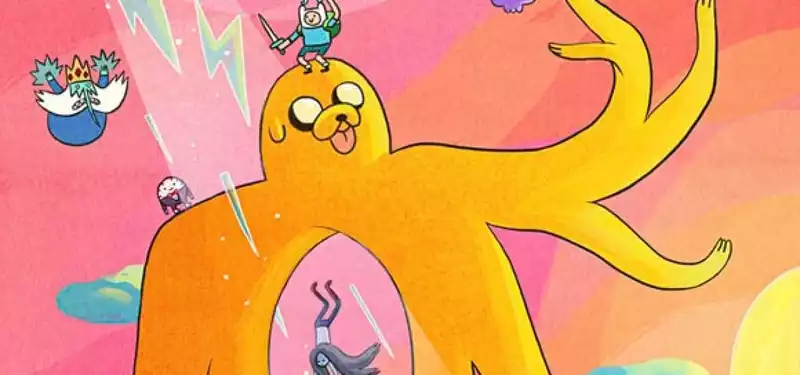Apr 16, 2014
The New Yorker discovers "Adventure Time" for the first time in five seasons.
This week's issue of The New Yorker did something it rarely does. The show is Adventure Time. With 156 episodes already aired, the magazine's TV critic, Emily Nussbaum, had her work cut out for her. Here are the various ways she attempted to explain the show to the magazine's finicky non-animation audience:
Unfortunately, Nussbaum fell into the animation viewer trope of relying on drag comparisons and analogies to explain animation. She does it twice. First, she says that "the show is also the type of thing that could easily be put away as 'stoner humor,'" and later she describes Penn Ward's creation as a "drug-like experience."
If "Adventure Time" is a drug-like experience, what would New Yorkers make of the average theatrical shorts of Fleischer, Herman Ising, and Eyeworks in the 1930s? Such reductive language is rarely used when describing fine art, but it undermines the creativity of the work by suggesting that animation is an indescribable art form, like an altered state of mind. They fail to acknowledge that the uniqueness of the art form of animation derives in large part from its ability to transcend reality and indulge in the realm of the fantastic and impossible.
In the final paragraph of this sentence, Nussbaum takes on an almost apologetic tone, admitting that her explanation "may leave you cold." Admirably, she refuses to give up and concludes by urging readers to give the show a chance:
But that is part of the show's most liberating qualities. Childlike, non-linear, poetic, and just outside of every category that the world considers serious, this is television that is responsive enough without having to explain why. See. Taste it.




Post your comment